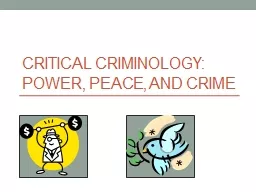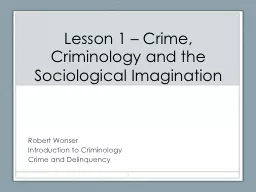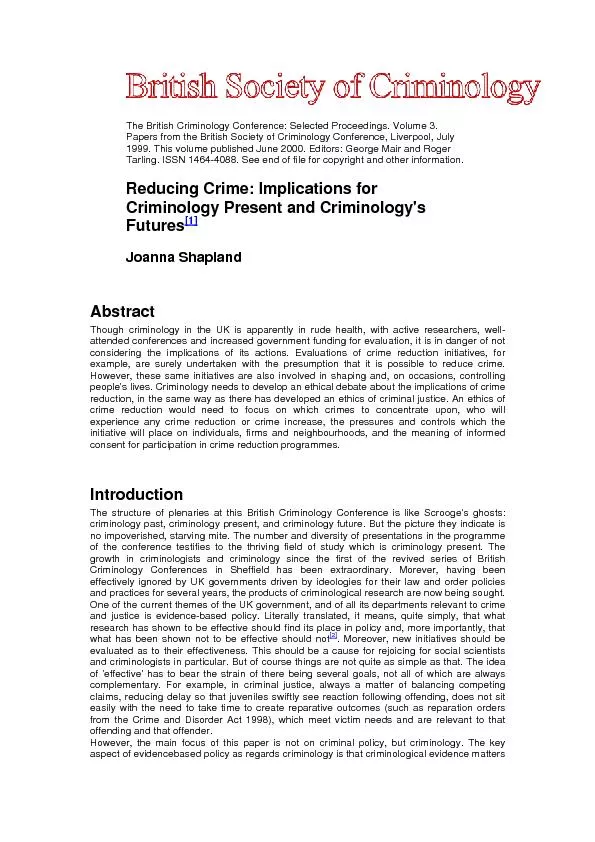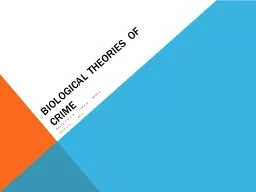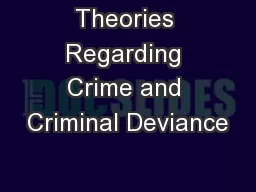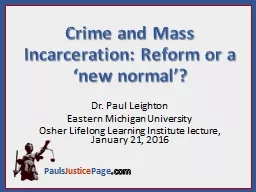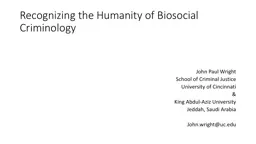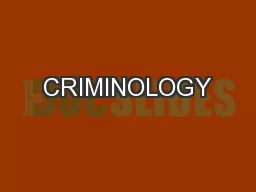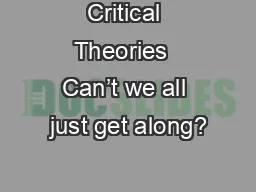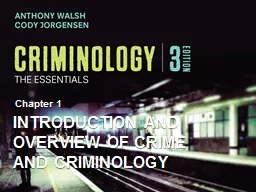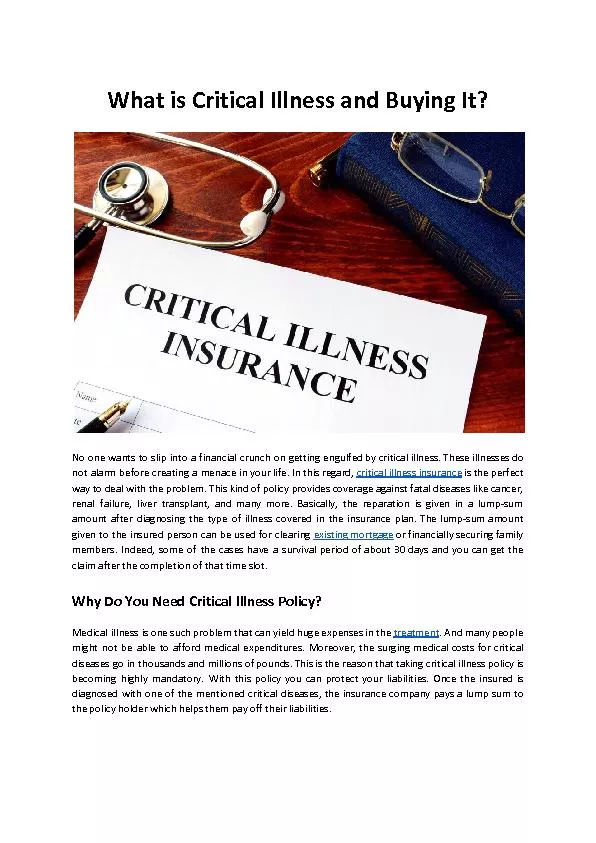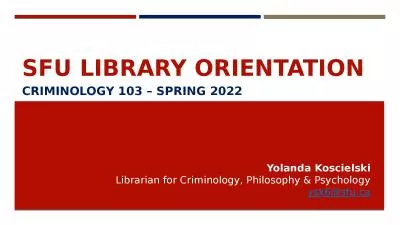PPT-Critical Criminology: Power, Peace, and Crime
Author : sherrill-nordquist | Published Date : 2018-02-01
Critical Criminology Came into prominence in the late 1960s and early 1970s These criminologists lived through the social turmoil of the 1960s Vietnam Kent State
Presentation Embed Code
Download Presentation
Download Presentation The PPT/PDF document "Critical Criminology: Power, Peace, and..." is the property of its rightful owner. Permission is granted to download and print the materials on this website for personal, non-commercial use only, and to display it on your personal computer provided you do not modify the materials and that you retain all copyright notices contained in the materials. By downloading content from our website, you accept the terms of this agreement.
Critical Criminology: Power, Peace, and Crime: Transcript
Download Rules Of Document
"Critical Criminology: Power, Peace, and Crime"The content belongs to its owner. You may download and print it for personal use, without modification, and keep all copyright notices. By downloading, you agree to these terms.
Related Documents

